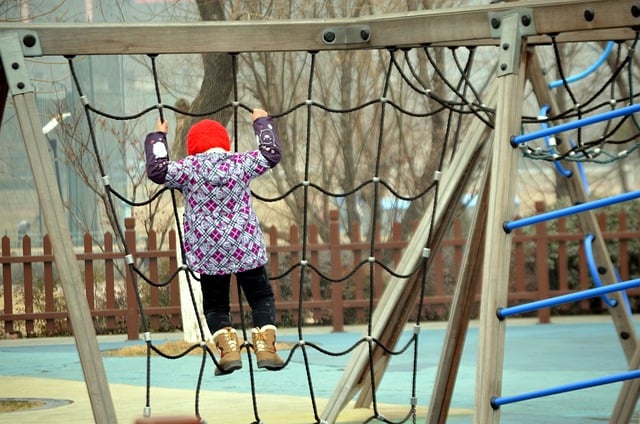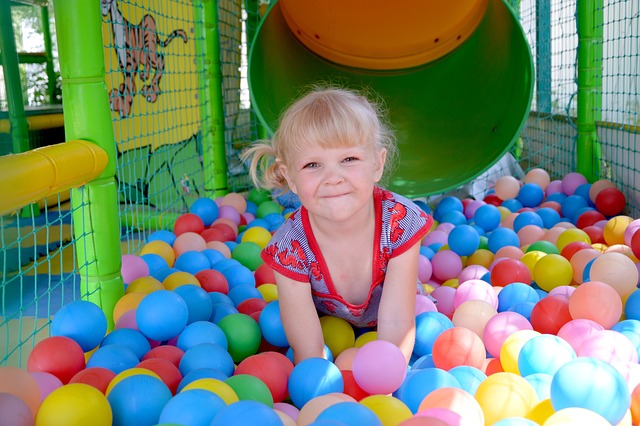Interactive children's museums and local zoos are transforming learning through play in the digital age, offering hands-on experiences that go beyond traditional exhibits. By integrating technology like touch screens and virtual reality, they encourage active participation and spark curiosity in young minds. These immersive environments blend education with entertainment, cultivating an early passion for science, art, history, and environmental stewardship. Local zoos, in particular, provide unique educational experiences, combining conservation efforts with engaging activities that foster appreciation for biodiversity and STEM concepts. Strategic partnerships with schools and parents enhance community engagement and support cognitive development in young learners.
“Interactive children’s museums are transforming the way young minds learn and play. In this modern era, these institutions prioritize hands-on experiences and engaging exhibits that spark curiosity. From local zoos acting as educational playgrounds to design elements fostering immersive learning, these spaces offer much more than entertainment.
This article explores how interactive museums create memorable experiences, benefit children’s development, and engage communities, all while highlighting the unique role of local zoos in early education.”
- Engaging Young Minds: The Rise of Interactive Museums
- Creating Memorable Experiences: Fun Exhibits for Children
- Local Zoos as Educational Playgrounds
- Design Elements for Immersive Learning Environments
- Benefits Beyond Entertainment: Fostering Curiosity and Development
- Community Engagement: Collaborating with Schools and Parents
Engaging Young Minds: The Rise of Interactive Museums

In today’s digital age, interactive children’s museums are transforming the way young minds engage with the world around them. These innovative spaces go beyond traditional exhibits, offering hands-on experiences that spark curiosity and foster learning through play. By integrating technology and interactive elements, such as touch screens, virtual reality, and physical challenges, these museums create an environment where kids can explore, discover, and have fun simultaneously.
Unlike static displays in local zoos or historical sites, interactive exhibits encourage active participation, allowing children to become co-creators of their learning experience. This engaging approach not only makes museum visits more enjoyable but also helps in retaining knowledge and cultivating a deeper appreciation for science, art, history, and the natural world. As a result, interactive museums are becoming increasingly popular, offering a unique and memorable way to educate and entertain young visitors.
Creating Memorable Experiences: Fun Exhibits for Children

Interactive children’s museums offer a unique and engaging environment where young minds can explore, learn, and create lasting memories. When designing exhibits, the focus should be on creating fun, hands-on experiences that spark curiosity and imagination. One successful approach is to incorporate elements from local zoos, bringing the wild into the museum setting. For instance, a miniature zoo exhibit with interactive displays about different animal habitats can captivate children, allowing them to learn about conservation efforts while enjoying a realistic simulation of diverse ecosystems.
These exhibits don’t just provide entertainment; they educate and inspire. By offering activities like feeding virtual animals, creating wildlife art, or participating in scavenger hunts within the zoo-themed area, museums encourage active learning. Such interactive experiences not only make visits memorable but also foster an early love for nature and science, potentially inspiring future conservationists and scientists.
Local Zoos as Educational Playgrounds

Local zoos serve as more than just homes for exotic animals; they double as educational playgrounds for children, offering a unique blend of fun and learning. Through interactive exhibits and up-close encounters, kids can explore the natural world, fostering an early appreciation for biodiversity and conservation. Zoo education programs often include guided tours, feeding demonstrations, and hands-on activities that teach about different ecosystems, animal behaviors, and the importance of habitat protection.
These institutions play a vital role in STEM (Science, Technology, Engineering, and Mathematics) education, as they encourage young minds to ask questions, make observations, and conduct simple experiments. Moreover, local zoos promote environmental stewardship by instilling in children a sense of responsibility for the planet and its inhabitants, helping to cultivate future conservationists.
Design Elements for Immersive Learning Environments

Interactive children’s museums create immersive learning environments that spark curiosity and engage young minds. When designing these spaces, key elements come into play to ensure a captivating experience. One essential aspect is incorporating hands-on exhibits that encourage exploration and discovery. These can range from interactive science experiments to creative art stations, allowing kids to learn through active participation.
Additionally, integrating technology seamlessly adds another dimension. Touch screens, virtual reality (VR) headsets, and augmented reality (AR) apps can transport children to different worlds, making learning both entertaining and educational. Many local zoos also employ these design elements, turning a visit into an adventure where kids can interact with animals virtually or through touch-and-feel exhibits, enhancing their understanding of the natural world.
Benefits Beyond Entertainment: Fostering Curiosity and Development

Interactive children’s museums offer more than just entertainment; they actively foster curiosity and development in young minds. By engaging kids in hands-on exhibits, these institutions encourage exploration and discovery, allowing children to learn through play. This interactive approach not only sparks their interest in various subjects but also supports their cognitive, social, and emotional growth.
Furthermore, unlike static displays or traditional educational settings, interactive exhibits at local zoos or museums provide a dynamic environment that stimulates curiosity about the world around them. Kids can manipulate objects, experiment with cause-and-effect relationships, and connect abstract concepts to real-world applications. This hands-on learning experience enhances critical thinking, problem-solving skills, and a deeper understanding of scientific principles—all while they have fun.
Community Engagement: Collaborating with Schools and Parents

Children’s museums play a vital role in fostering community engagement by collaborating with local schools and parents. By partnering with nearby educational institutions, these museums can create tailored programs that align with curriculum objectives, making visits both enjoyable and enriching for students. Interactive exhibits designed to complement classroom learning encourage hands-on exploration, reinforcing concepts taught in school settings.
Moreover, engaging with parents is essential as they are key allies in promoting interactive learning experiences. Museums can organize workshops and events aimed at involving families, fostering a sense of community and shared education. Collaborating with local zoos, for instance, allows museums to bring unique animal-themed exhibits that captivate both children and adults, creating lasting memories while emphasizing the importance of conservation efforts.






